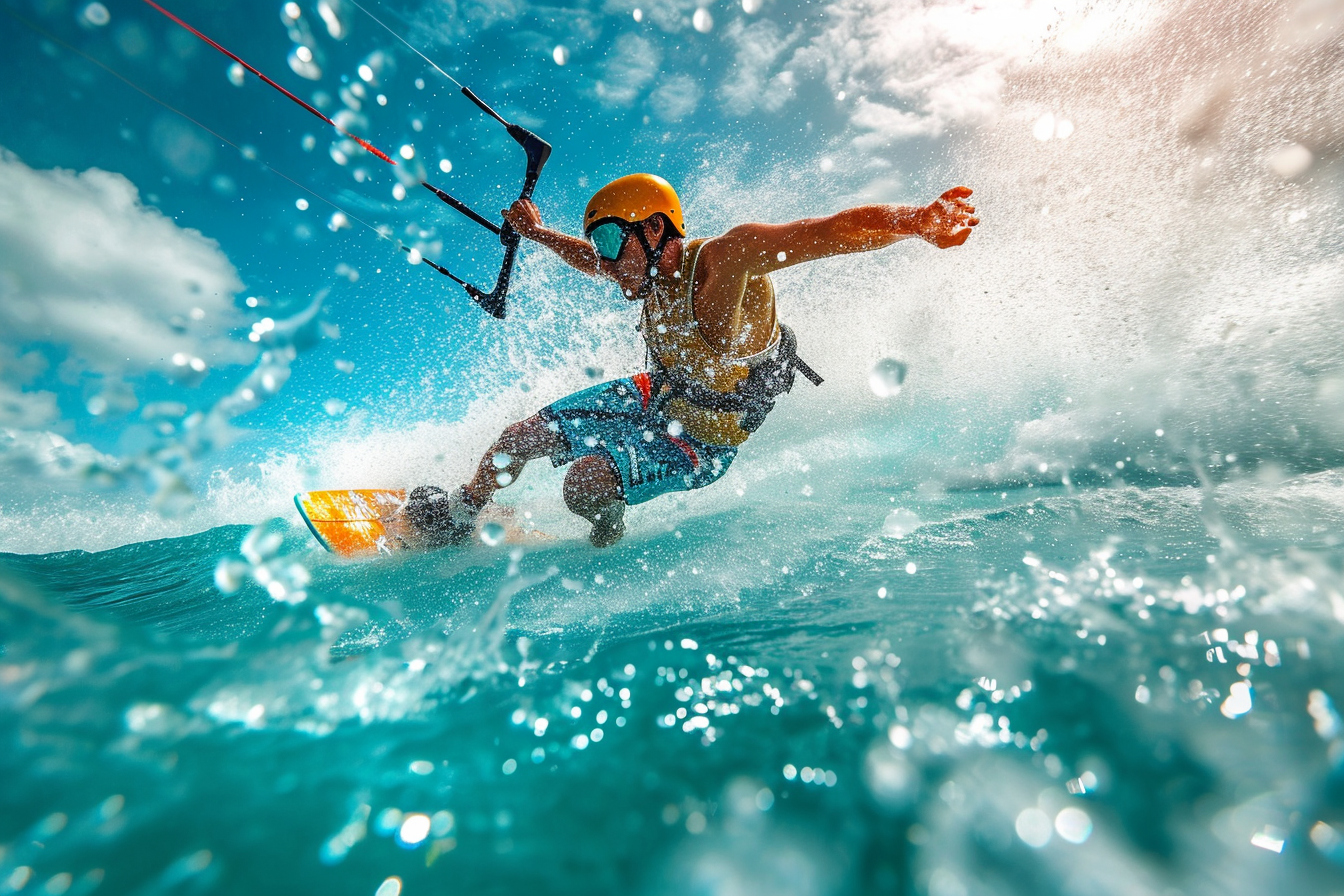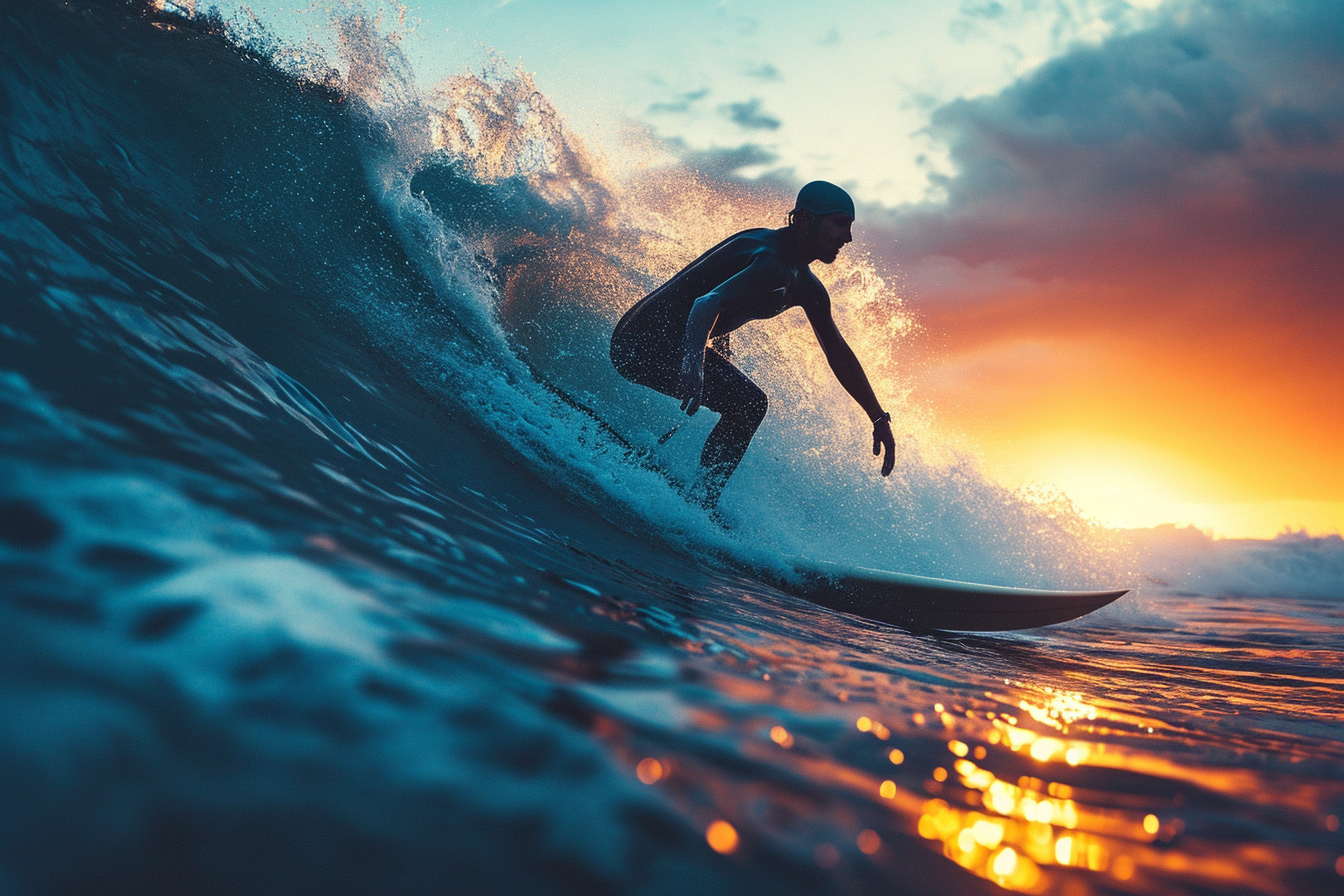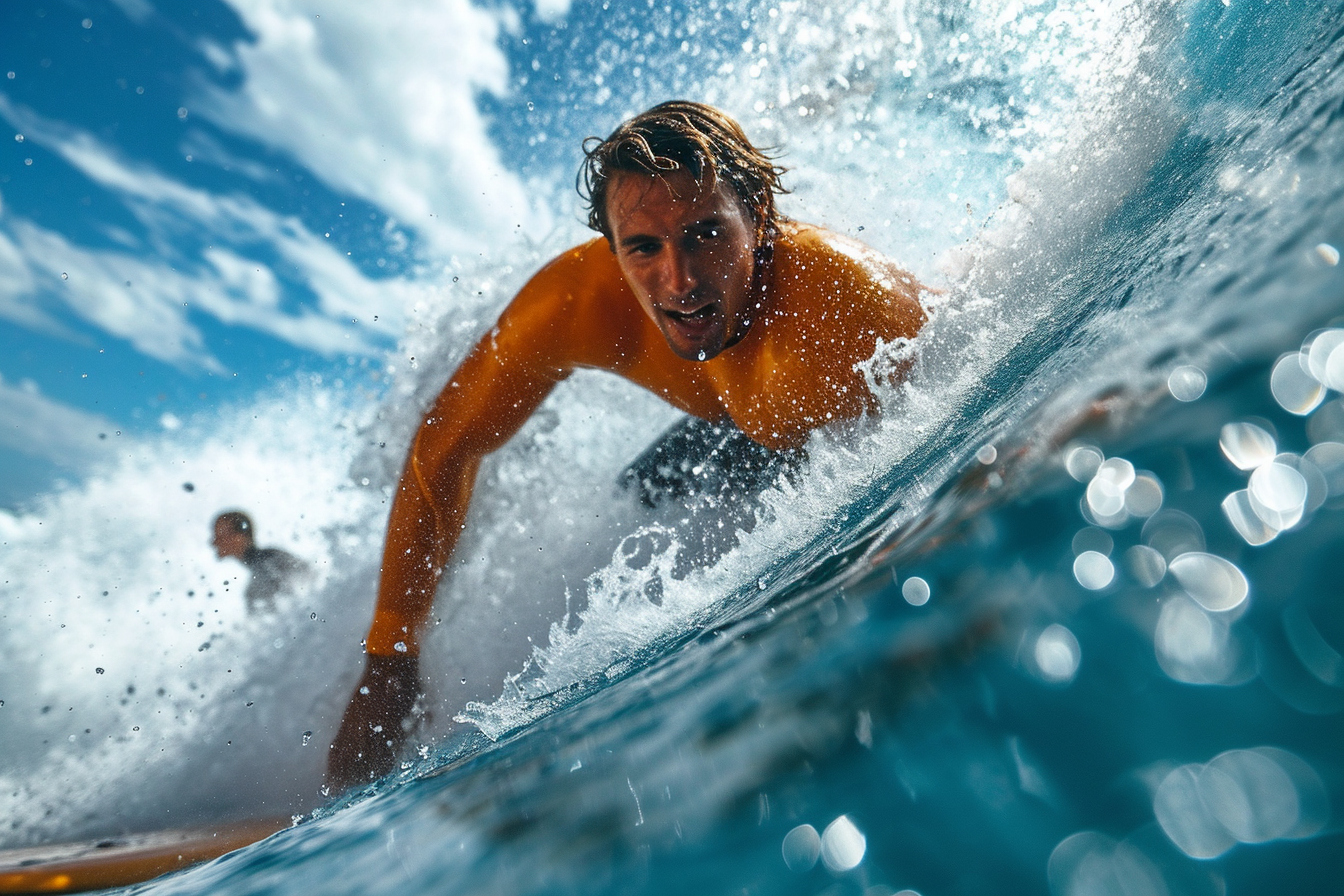Kneeboard surfing is a thrilling water sport that combines elements of surfing, wakeboarding, and waterskiing, with participants riding on their knees instead of standing on the board. This sport demands balance, strength, and agility, often showcasing impressive tricks and maneuvers. The culture surrounding kneeboard surfing is vibrant and inclusive, with competitions that highlight the athletic prowess and innovation of participants from various backgrounds.
Understanding kneeboard competitions

Types of events
slalom
Slalom competitions involve navigating through a series of buoys arranged in a specific pattern. Athletes must maintain precision and control as they cut sharply around each buoy, all while being towed at high speeds by a boat. Scoring is based on the number of buoys passed correctly and the speed of the boat, with penalties for any mistakes.
Trick events
In trick events, competitors showcase their technical skills through a series of complex maneuvers. These can include flips, spins, and sequences of connected tricks performed on the wake of the towing boat. Judges score on the difficulty and execution of each trick, as well as the creativity and flow of the rider’s routine.
Wake jumping
Wake jumping tests the athlete’s ability to launch off the wake of the towing boat and perform aerial stunts. Competitors are judged based on the height of their jumps, the tricks performed in the air, and the smoothness of their landings.
Competitive circuits and organizations
Kneeboard competitions are organized by several international and regional bodies. The World Wake Association (WWA) and the International Waterski & Wakeboard Federation (IWWF) are prominent organizations that govern the sport, setting rules, and standards for official competitions. National federations and local clubs often host regional events, providing opportunities for kneeboarders of all levels to participate in the sport.
Kneeboard athletes: training and dedication

Kneeboarders come from diverse backgrounds, with many transitioning from other water sports. A unique aspect of kneeboarding is its accessibility; it welcomes newcomers and veterans alike, promoting constant growth and community support within the sport.
Training regimens
Serious kneeboard competitors follow rigorous training regimens to hone their skills. This includes strength and conditioning workouts to improve physical resilience, balance, and flexibility. Water-based practice sessions focus on mastering techniques and building a repertoire of tricks suited to competition.
Mental preparation
Mental preparation is equally vital to success in kneeboard competitions. Athletes work on focus, visualization, and stress management to perform their best under pressure. They often consult sports psychologists or employ mental training techniques to maintain a competitive edge.
Nutrition and recovery
Adequate nutrition and recovery practices are critical in the life of a kneeboard athlete. Proper food intake ensures sustained energy levels and supports muscular development. Meanwhile, rest and recovery techniques such as stretching, massage, and ice baths help to prevent injury and aid in recuperation after intensive training or events.
Techniques in kneeboard competition
Basic maneuvers
edging
Edging is a foundational technique in kneeboarding. It involves tilting the board on its edge to steer and control speed. Mastery of this skill is essential for navigating slalom courses and setting up for tricks.
Balance and stance
Maintaining balance while kneeling on the board is fundamental. Athletes refine their stance to keep a low center of gravity, distributing weight appropriately for optimal control and maneuverability.
Advanced tricks
Flips and rolls
Executing flips and rolls requires strong core muscles and precise timing. Competitors build momentum and use the wake’s energy to launch themselves into rotations. Landing these tricks demands skillful board control and body positioning.
spins
Spins are popular in kneeboard competitions. Athletes rotate on a horizontal axis while airborne or sliding on the water’s surface. Success in spins depends on initiating the rotation with a swift, concise movement and stopping it with precision.
Strategies for success in competition
Choreographing a routine
In trick events, designing a choreographed routine that maximizes scoring potential is crucial. Competitors select tricks that fit their strengths and strategically position them within the performance time to impress judges and accumulate points.
Understanding scoring criteria
Kneeboarders must be well-versed in the scoring criteria of their respective events. Familiarity with how judges assign points aids athletes in tailoring their performances to meet and exceed those standards. It involves not only executing difficult maneuvers but also incorporating style and originality.
Equipment and gear
Boards and shapes
Kneeboards come in different shapes and designs, tailored to various styles of riding and levels of competition. Some boards are engineered for better slashing and turning capabilities, while others cater to advanced trick performance with features for increased lift and maneuverability.
Safety and protection
Safety gear is paramount in kneeboarding. Helmets, impact vests, and knee pads are commonly worn to protect athletes from injury during high-energy maneuvers and falls. High-quality equipment is also a significant factor in enhancing performance and ensuring a safe experience.
The future of kneeboard competitions
The sport of kneeboarding continues to evolve, with innovations in technology, techniques, and the skill level of athletes pushing the boundaries of what’s possible. Competitions are gaining wider appeal as live streaming and social media bring greater exposure to these dynamic events.
Technological advances
Advancements in kneeboard design and materials contribute to the progressive nature of competitions. Modern boards are lighter and stronger, offering better performance characteristics that enable more technical tricks and higher jumps.
Growth and community
The kneeboard community’s inclusive nature fosters growth at the grassroots level. Enthusiasts work to attract newcomers and support aspiring competitors, ensuring the sport’s sustainability. Clinics, demonstrations, and open events serve as platforms to share knowledge and experience, strengthening the sport’s foundation.
Increasing professionalism
As kneeboarding gains popularity, the level of professionalism within the sport rises. Structured training programs, sponsorships, and media coverage bring a new level of recognition to competitors, potentially paving the way for kneeboarding’s inclusion in larger multi-sport events or even on an international stage.
In-Depth look: notable kneeboarders
The world of kneeboarding is graced with exceptional athletes who have left a significant imprint on the sport through their achievements and contributions. Some notable kneeboarders have garnered reputations for their innovative styles, successful careers, and dedication to advancing the sport. These athletes are inspirations to many, demonstrating the potential heights achievable through kneeboard surfing.
Analysis of champion techniques
Studying the techniques of champion kneeboarders provides insightful observations into what makes a successful competitor. From meticulously refined routines to the seamless execution of high-difficulty maneuvers, the habits and styles of top athletes serve as a benchmark for aspiring kneeboarders worldwide.
Closing remarks
In kneeboarding, the confluence of athletic talent, innovative techniques, and community spirit forms an engaging and competitive environment. With each competition, new standards are set, and the limits of the sport are tested, promising an ever-evolving spectacle for participants and spectators alike.
With the scene set for continued growth and an unwavering commitment to excellence among athletes, the horizon for kneeboard competitions looks both bright and boundless. As the sport progresses, one question remains — what new heights will kneeboard surfers achieve next?

Leave a Reply